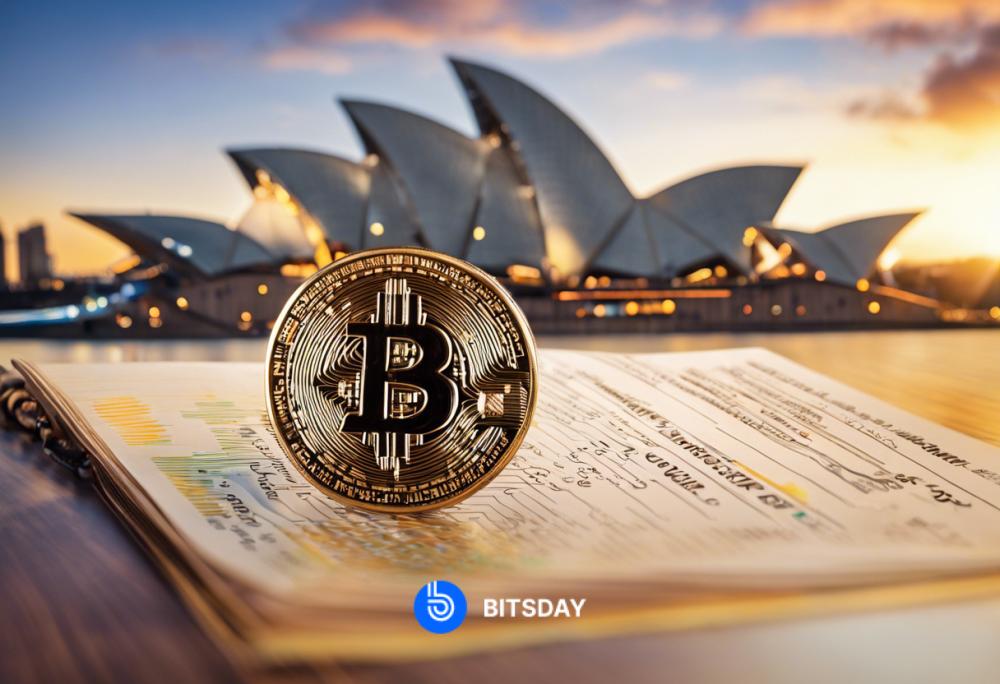- Home
- Latest News
- Crypto Dynamics in Eastern Asia: A Glance
Crypto Dynamics in Eastern Asia: A Glance

In the vast realm of cryptocurrency activity, Eastern Asia proudly holds its position as the fifth most active market, generously contributing a noteworthy 8.8% to the global digital asset extravaganza spanning from the fruitful months of July 2022 to June 2023. However, in the ever-evolving landscape, there has been a perceptible decline in activity over recent years, and this descent can be chiefly attributed to significant setbacks suffered by the Chinese trading and mining sectors.
Delving into the analytical depths of Chainlysis, we uncover a fascinating potential upswing in the Eastern Asian region, propelled by the crypto initiatives emanating from the bustling hub of Hong Kong, complemented by the warm embrace of industry-friendly regulations. This confluence of factors has nurtured a sense of bubbling optimism among stakeholders and enthusiasts.
Is there a metamorphosis in the offing within the Chinese government's perspective on crypto?
According to the insightful report by Chainalysis, the burgeoning influence of Hong Kong as a cryptocurrency hub might signify a discernible shift in the overarching stance of the Chinese government towards digital assets, or at least a burgeoning willingness to open its arms to such forward-looking initiatives.
The vibrant Hong Kong over-the-counter (OTC) market emerges as a pivotal conduit, facilitating mainland Chinese users in the smooth movement of funds across borders or transitioning from traditional fiat currencies to the thrilling world of cryptocurrencies—a transition fraught with challenges on the mainland.
Turning our gaze towards Hong Kong's crypto stance, a seasoned expert aptly notes that these initiatives may not be a mirror reflection of the Chinese government's views on cryptocurrencies. Nonetheless, the escalating trend of various state-backed Chinese entities extending indirect support to Hong Kong's promising Web3 ventures hints at an exploratory stride, a cautious foray into comprehending the dynamics of digital assets without relaxing the iron-clad policies on the mainland.
While these exciting developments bolster Hong Kong's prospects of claiming a coveted position as a global leader in the realm of regulated digital assets, it remains, at this juncture, a tad premature to conclusively ascertain their far-reaching implications for the vast expanse of China.
It's worth emphasizing that Hong Kong's crypto market, a vibrant ecosystem brimming with a rich array of applications, serves not only the local populace but also beckons to the global stage. Consequently, the approval of the recent crypto initiatives in this bustling city-state could very well signify a shifting paradigm, a subtle evolution in the perception of crypto within the hallowed halls of the Chinese government.
Comparing Retail and Institutional Involvement
In the intricate tapestry of the crypto market, we find the interplay between retail and institutional players, a dance of dynamics that varies across the expansive Eastern Asian region. Hong Kong, in particular, stands as a beacon, basking in a larger share of the transaction volume stemming from substantial institutional transactions, surpassing the illustrious $10 million threshold. On the flip side of this crypto coin, we encounter South Korea, a jurisdiction where the institutional underpinning of the cryptocurrency market remains rather subdued, all thanks to stringent local regulations that present formidable barriers for financial institutions eager to partake in this digital dance.
Specifically, South Korea, a land that reveres tradition and regulatory prudence, mandates a particular breed of bank account, intricately linked to an individual, as a prerequisite for opening a cryptocurrency exchange account, thus effectively raising the drawbridge and rendering entry into the crypto market a Herculean task for institutional players. Consequently, the bulk of the transaction volume within the country finds its abode within the centralized exchanges, claiming a towering 68.9% slice of the pie, while the vibrant DeFi protocols linger in the shadows.
To further appreciate this nuanced narrative, we must traverse the waters of sentiment that ebb and flow in this dynamic market. A somber note plays in the South Korean arena, a melody of skepticism echoing in the aftermath of the TerraLuna debacle—a moment that inadvertently bolstered confidence in the fortresses of centralized entities, even as the pristine reputation of the DeFi realm bore the scars of skepticism.
On the other side of the spectrum, the land of the rising sun, Japan, unfurls a relatively more harmonious tune, in consonance with the symphonies playing out in the global cryptocurrency market. Striking a delicate balance between the embrace of centralized exchanges and the allure of DeFi protocols, Japan's transactional activities gracefully navigate the spectrum of opportunities, embodying a pragmatic equilibrium.
Read more about: Crypto's Q3 2023 Nightmare: Losses Soar to $685M, Exposes Vulnerabilities

Trending



Press Releases

Deep Dives







